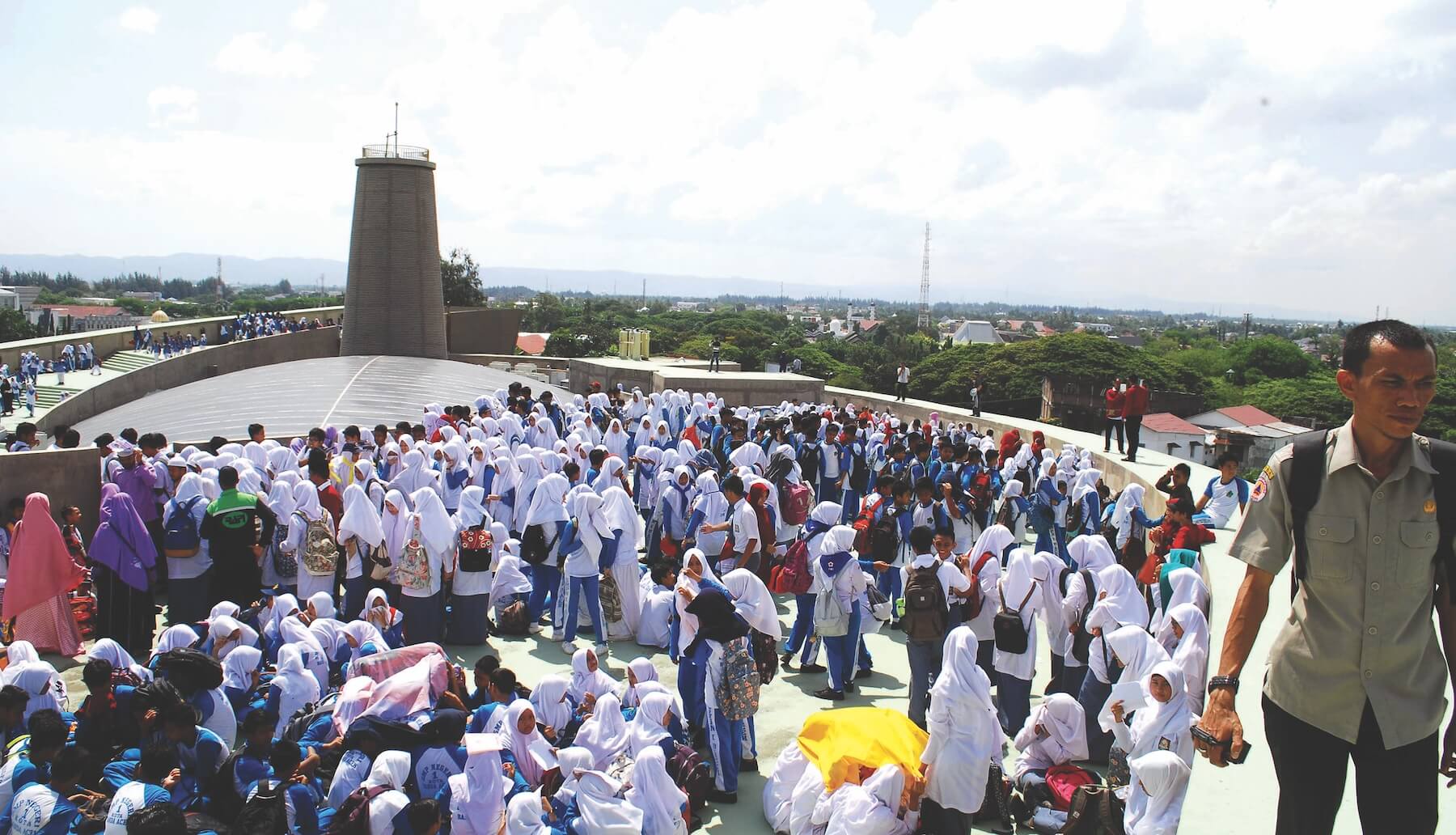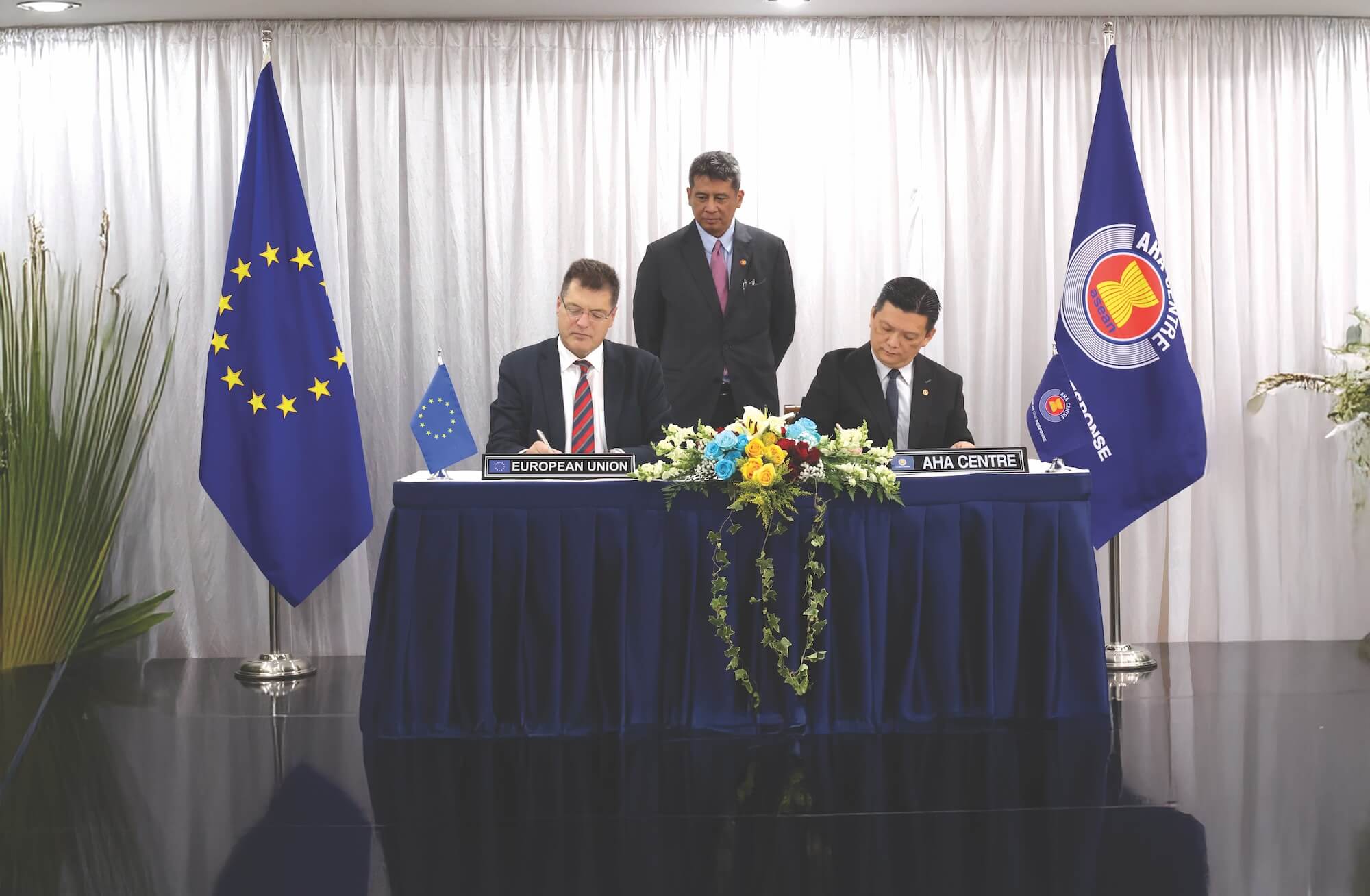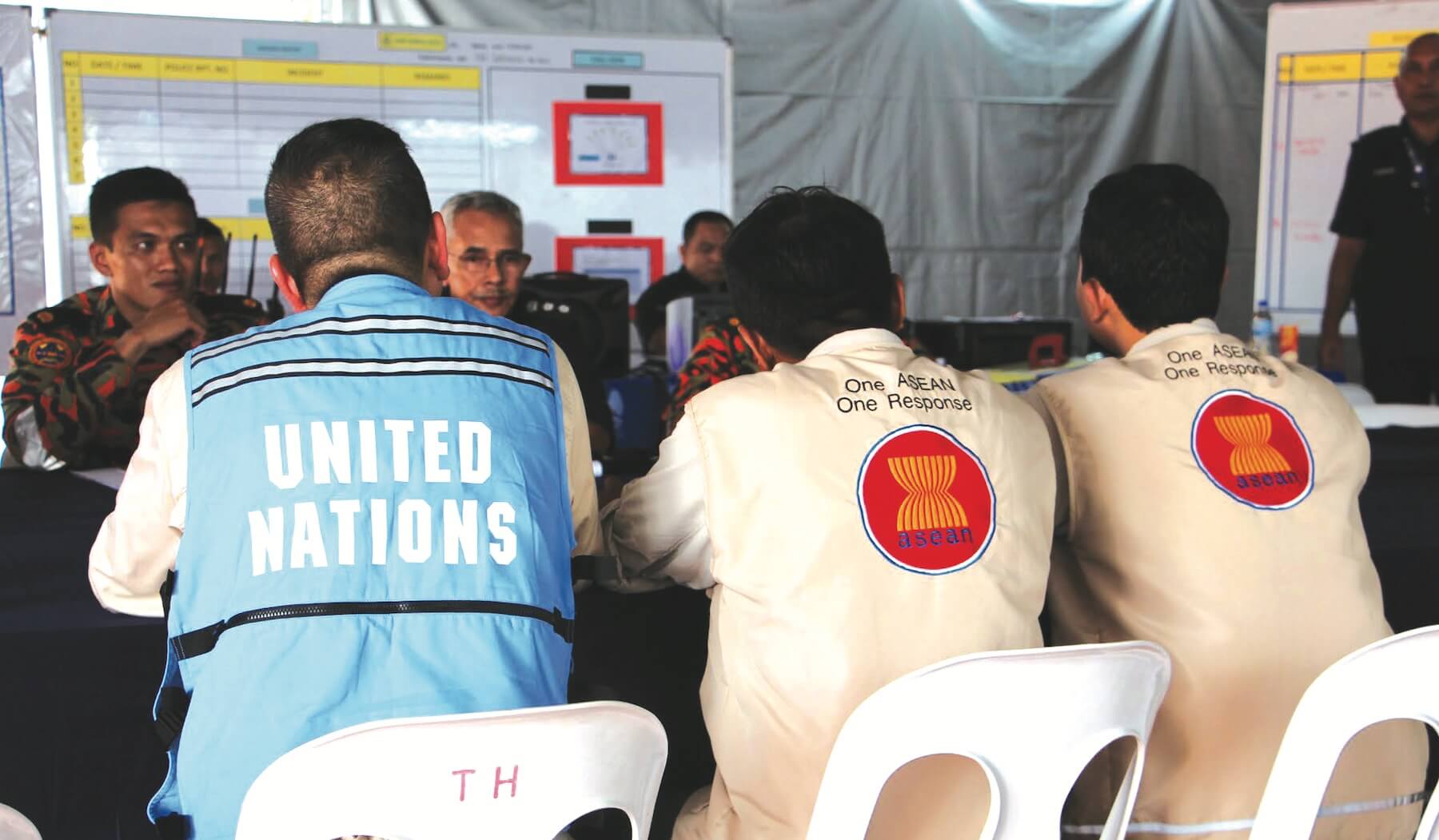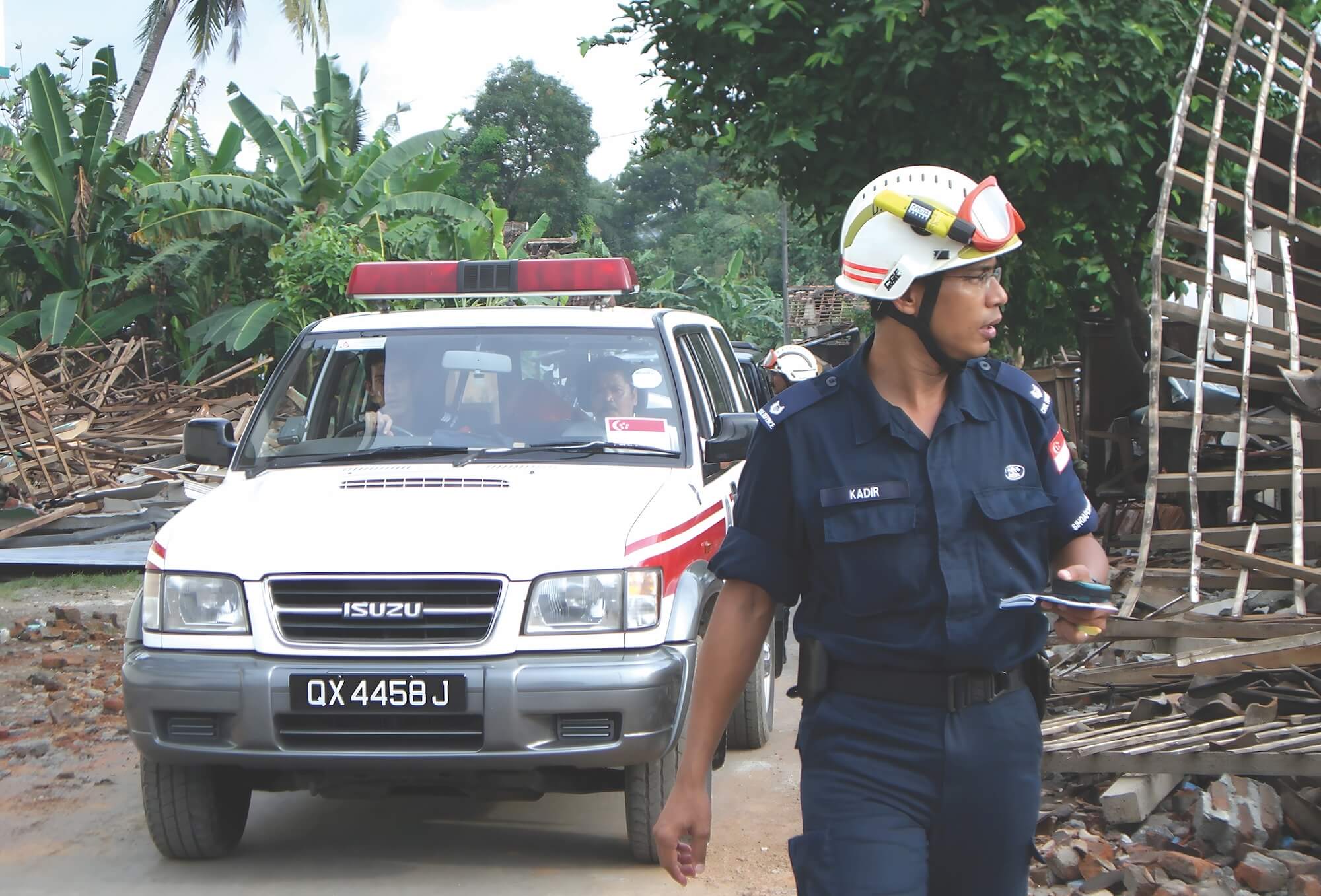




At the 20th anniversary of the Indian Ocean Tsunami commemoration event in Jakarta, Nelly Florida Riama, PhD, presented the remarks from the Head of Indonesia Agency for Meteorology, Climatology, and Geophysics (BMKG), Prof. Dwikorita Karnawati. BMKG highlights the critical lessons from the past two decades, emphasising the importance of systematic observation, innovation, data sharing, and community preparedness in strengthening tsunami early warning systems. Read the full remarks below.
Two decades since the Aceh tsunami have provided us with at least four key lessons: (1) The importance of systematic observation and standard measurement for early warning; (2) the importance of innovation in science for non-seismic tsunamis, which require more appropriate observation beyond the seismic network; (3) the importance of data exchange between countries and institutions; (4) despite the progress and innovation of science and technology for early warning, large numbers of people can still be victims of tsunamis if the community is not prepared for early action.
For the first lesson learned, before the 2004 tsunami, Indonesia faced significant gaps. Tsunami risk was considered low, with limited seismic observation and real-time sea-level monitoring. There was no tsunami warning system at that time, communities were largely unaware and unprepared. As a result, the tools and measurements were not integrated into a systematic early warning network. This failure contributed to almost 230,000 deaths and significant economic loss.
From the 2018 Palu (Central Sulawesi) disaster, we have learned that there is a need for innovation in tsunami detection because the earthquake that triggered it was from a submarine landslide that hit in two to three minutes. This demonstrated that it is not enough to solely depend on sophisticated seismic monitoring systems. Communities in tsunami-prone areas must be educated and empowered to self-evacuate when needed.
From the Sunda Strait tsunami, we have learned that it was not caused by submarine or seismic or tectonic activity but by volcanic activity leading to a submarine landslide. This provided another valuable lesson that data on volcanic activities must be included in the tsunami warning system. Another thing that we also realised is that a significant gap still exists between technological advancement and user capacity.
Technological innovation, including observation, modelling, and data sharing, is essential, but without community understanding, awareness, and preparedness, its effectiveness is limited. We must involve multiple stakeholders, including the private sector, to bridge the gap and ensure sustainability in tsunami preparedness efforts.
At the national level, right now Indonesia is strengthening our tsunami early warning system. By 2024, 533 seismograph sensors will be in place, and the warning technology will be more reliable, timely, and accurate.
We also developed Tsunami Modelling Data Base integrated into TOAST (Tsunami Observation and Simulation Terminal) System. The system enables us to simulate tsunami scenarios, improving our ability to predict and prepare for potential threats.
Another tool that can be used to improve our warning system is collaboration with local governments to identify areas with high tsunami hazard potential. Through field assessments and mapping activities, we have been able to generate detailed tsunami hazard maps for vulnerable regions.
We also have an action plan for non-tectonic tsunamis that includes not just technical but also non-technical measures. We need to promote local wisdom for self-evacuation and strengthen the tsunami readiness programmes. We also established our national consortium on earthquake and tsunami experts to coordinate across institutions because we cannot work alone. This consortium ensures the synergy of monitoring, processing, and analysis of earthquake and tsunami data to create an integrated and sustainable early warning system.
Other activities that have been established include the UNESCO-IOC tsunami readiness programme, currently implemented in 10 communities, working to comply with the 12 indicators of the tsunami readiness programme. This effort involves advocacy, community training, and the development of an emergency response team. For example, this is the Tanjung Benua Regency.
This community collaborates with BNPB (National Disaster Management Agency), BPBD (Local Disaster Management Agencies), UNDP (UN Development Programme), and Red Cross Indonesia to enhance tsunami preparedness. This partnership has resulted in the development of tsunami hazard maps, the installation of evacuation signs, and the establishment of vertical evacuation routes. Schools and hotels have also been actively involved in these training and preparedness activities to ensure a comprehensive approach to disaster response.
Indonesia is also preparing to propose international funders in this regard, specifically ISO 22327 for landslide early warning systems and ISO 22328-3 for community-based early warning systems. We need these ISOs to accelerate the development of early warning mechanisms. With this standard, we hope to enhance public-private partnerships and support the effectiveness of early warning systems in multi-hazard scenarios.
To conclude this speech, a holistic approach to early warning systems, one that combines systematic observations, scientific innovations, data sharing, and community preparedness, is crucial in building resilient societies. Our systems must continue to evolve alongside scientific advancements to effectively mitigate the impact of disasters like tsunamis.
Early warning systems not only help manage immediate risks but also contribute to long-term sustainability and resilience in vulnerable regions.
The journey to resilience is long, but it is one we must undertake together. As we advance our early warning system, let us remember that true resilience is not just about surviving the next disaster; it is about thriving in the face of uncertainty.








